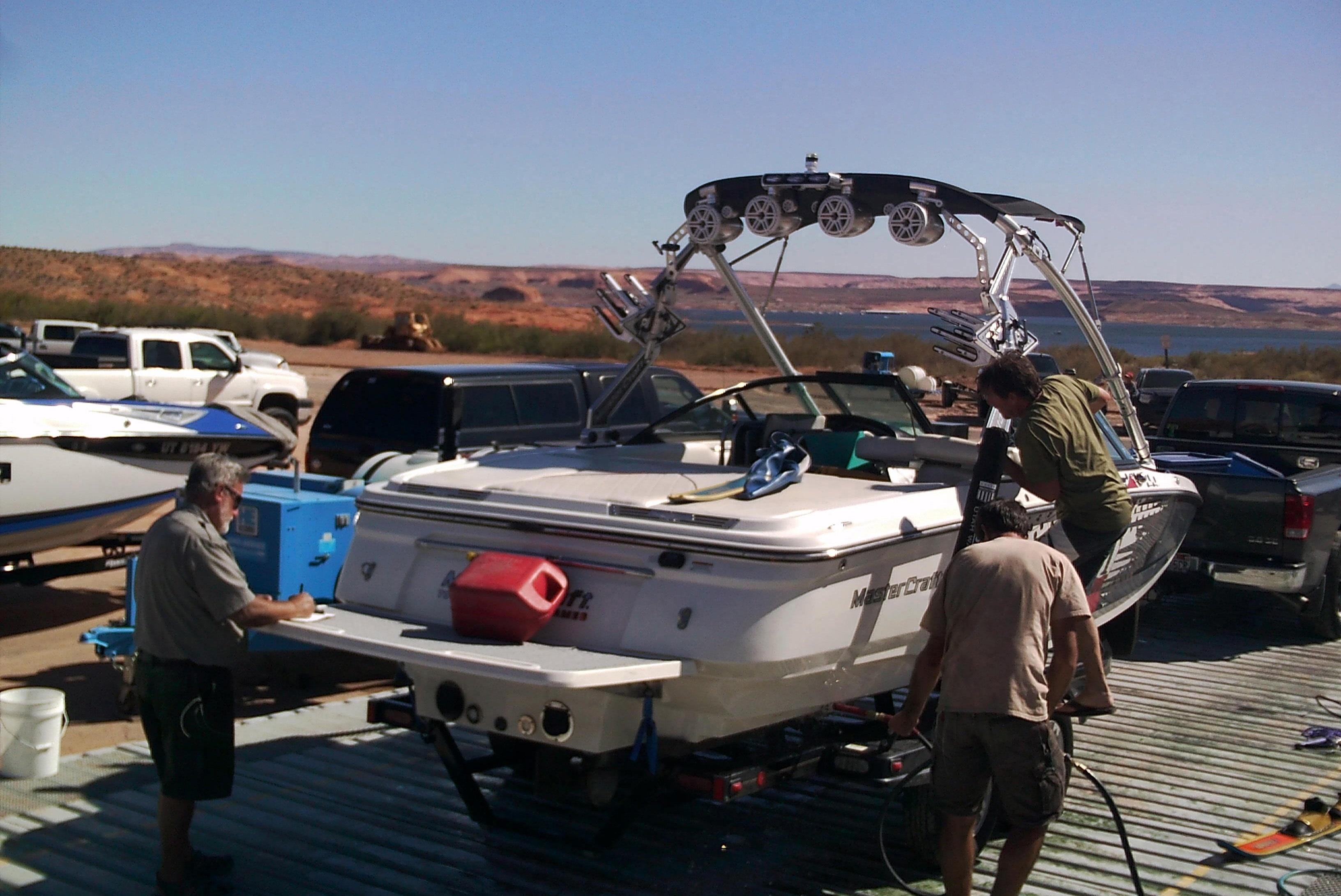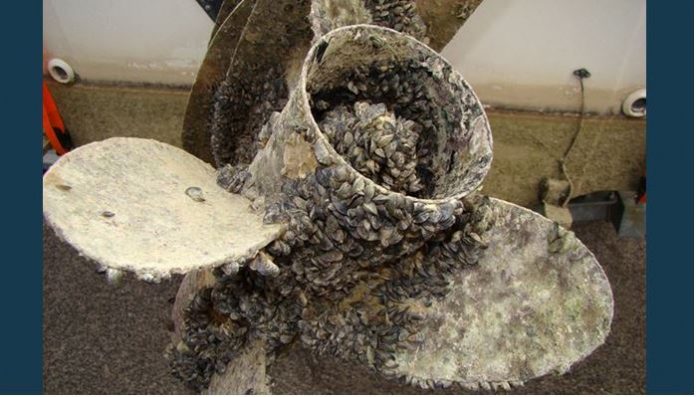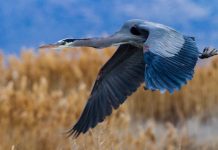UTAH, Sept. 6, 2022 (Gephardt Daily) — The Utah Division of Wildlife Services says it and DWR partners inspected more than 14,700 boats for quagga mussels during Labor Day weekend.
“Law enforcement officers and technicians for the Utah Division of Wildlife Resources and other agencies wound down the summer boating season with a busy Labor Day holiday weekend, working to prevent invasive quagga mussels from spreading to Utah’s lakes and reservoirs,” says a Utah DWR statement.
“Statewide, Aquatic Invasive Species technicians with the DWR, Utah State Parks, Arizona Game and Fish Department and the National Park Service inspected 14,712 boats and performed 174 decontaminations from Friday to Monday.
“During last year’s Labor Day weekend, 12,369 inspections were performed statewide, and 222 boats were decontaminated.”
Of those total numbers from this year, 2,798 of the boat inspections and 44 of the decontaminations took place at stations in the Lake Powell area, the statement says.
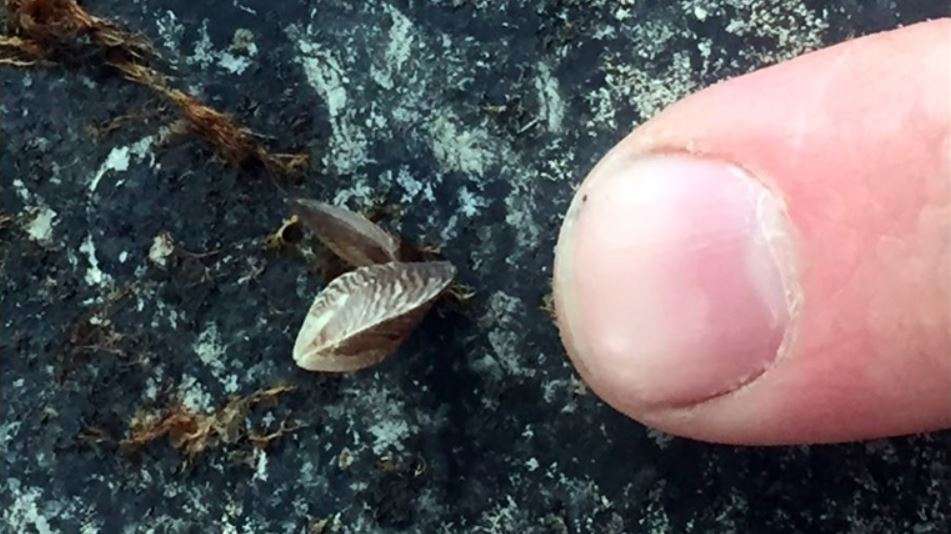
Lake Powell is the only Utah waterbody currently infested with quagga mussels.
“All watercraft leaving Lake Powell require an exit inspection during the inspection station’s hours of operation,” DWR Aquatic Invasive Species Lt. Bruce Johnson said in the prepared statement.
“Along with boats, ‘watercraft’ includes kayaks, canoes, paddleboards and inflatable rafts. And it’s important to remember that inspections are not the same as decontaminations. After a watercraft is inspected, it must still be decontaminated before you can launch that watercraft at a different waterbody.”
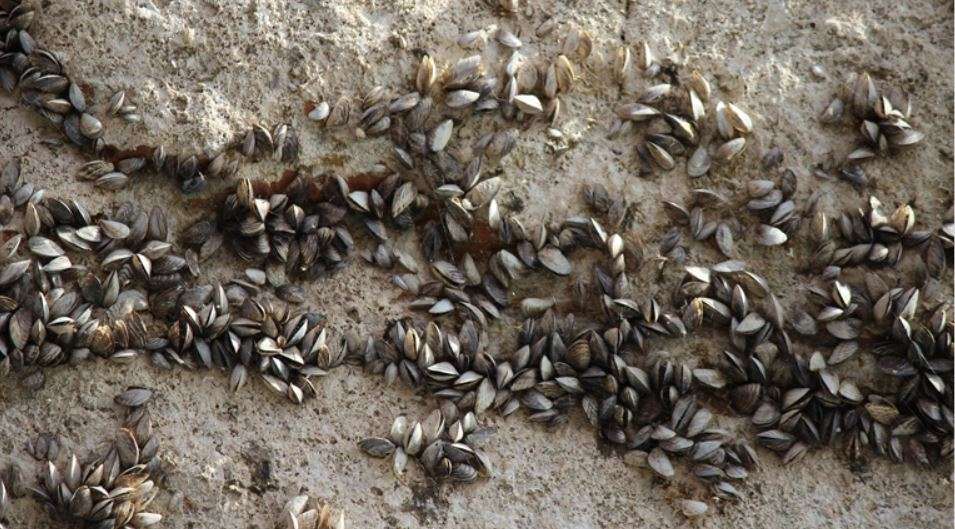
If a decontamination can’t be performed, the watercraft must wait the required dry time before launching again.
Utah’s required dry times after boating at Lake Powell are seven days in summer, 18 days in fall and spring, or 30 days in winter. Wakeboard boats are defined as complex boats, which always require a 30-day dry time — regardless of the time of year — unless they are properly decontaminated, the statement says.
Statewide, DWR conservation officers issued 44 citations for violations of Utah laws established to prevent the spread of invasive mussels. The majority of the violations were due to people with a watercraft failing to stop at mandatory inspection stations and failing to remove a drain plug while transporting the boat.

“Boaters who do not present their watercraft for inspection are subject to a citation and fines of up to $680,” Johnson said. “Drain plug removal during transport has been a law since 2020. That law was created to prevent the exchange of water from one lake to another and to prevent the spread of any invasive species.”
Anyone who fails to remove their drain plug during transport could be cited with a class C misdemeanor.
There are more than 40 inspection stations located at various waterbodies and along highways throughout Utah. Visit the Utah Department of Natural Resources website for a list of all the decontamination stations around the state.
Lines were longer this year due to staff shortages, the DWR announcement says. Appointments were recommended.

Quagga problems
The Utah DWR says quagga mussels are a problem for the following reasons:
● They plug water lines, even lines that are large in diameter.
● If they get into water delivery systems in Utah, it will cost millions of dollars annually to remove them and keep the pipes free, which can result in higher utility bills.
● They remove plankton from the water, which hurts fish species in Utah.
● Mussels get into your boat’s engine cooling system. Once they do, they’ll foul the system and damage the engine.
● When mussels die in large numbers, they stink and the sharp shells of dead mussels also cut your feet as you walk along the beaches.
